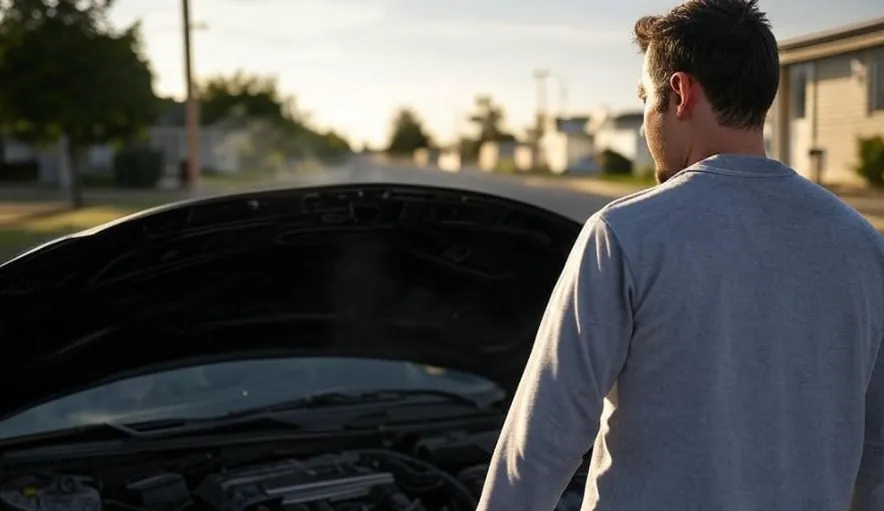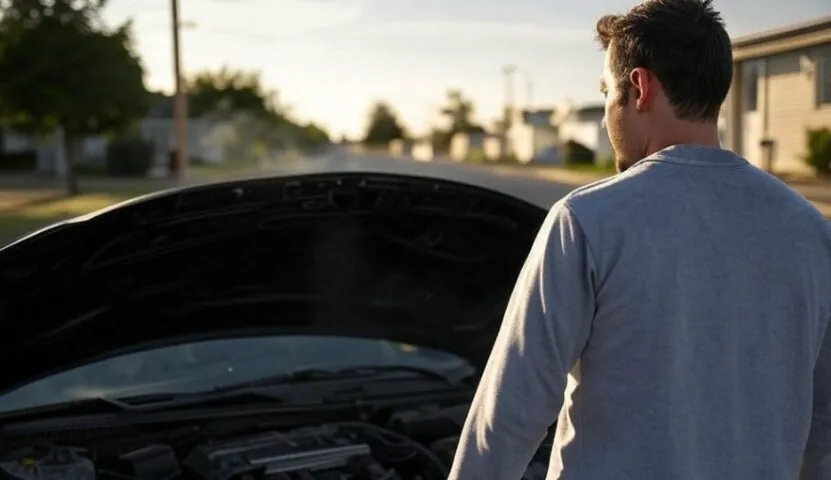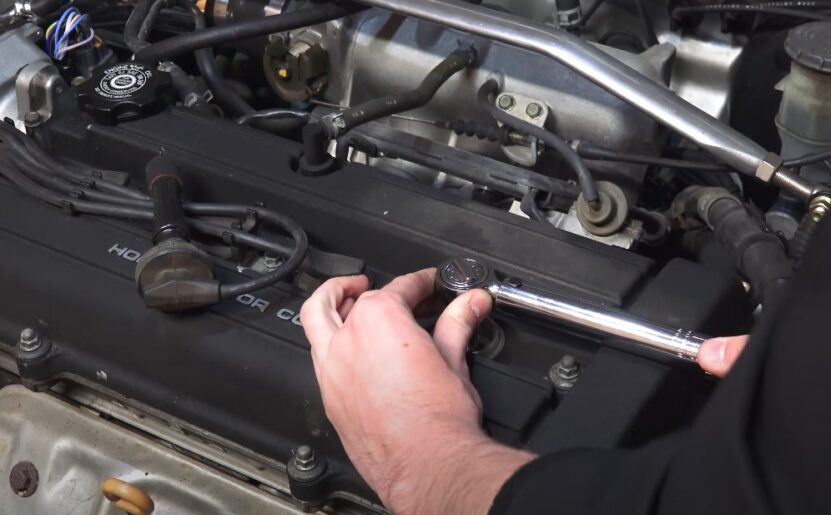
Share Post:
Fixing your car at home can save a ton of money, give you a sense of accomplishment, and maybe even teach you a thing or two along the way. However, some tasks are better left to professionals. Let’s break down the repairs you can handle confidently and the ones that are better outsourced.
Table of Contents
ToggleRepairs Best Left to the Professionals
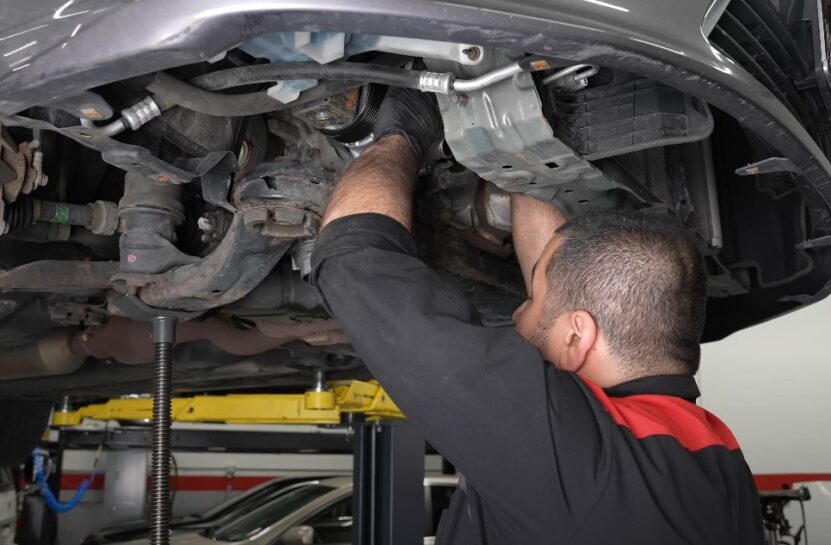
Some car issues should not be completed on your own. Unless you’re certified or have a workshop-level setup, you should skip the following repairs to avoid expensive mistakes:
1. Anything Beyond Basic Brake Work
Replacing your brake pads can generally be done on your own, but when it comes to rotors, calipers, or brake lines, it’s best to call in a professional. Messing this up can jeopardize your safety.
2. Transmission Fixes
Transmissions are a maze of gears, clutches, and hydraulics. Attempting to repair one without specialized tools could result in a costly headache.
3. Auto Glass Repairs
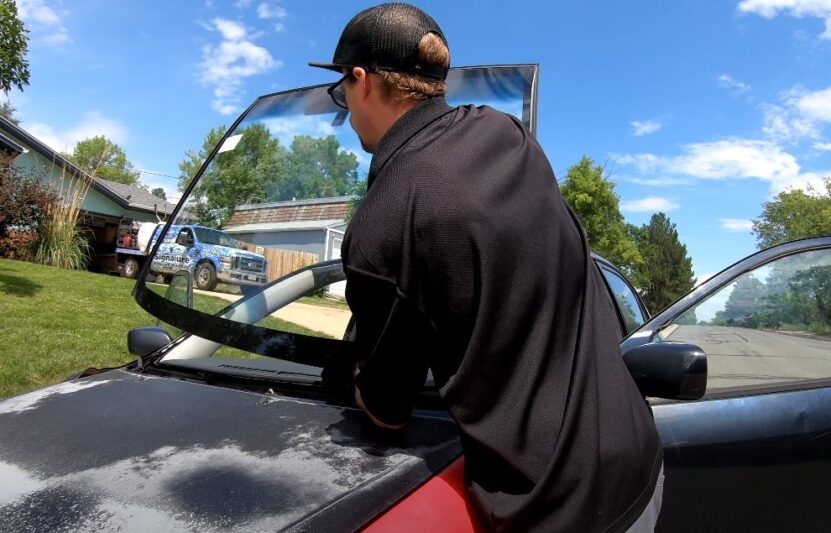
Dealing with cracks or chips in your car’s windows or windshield might seem like a minor issue, but it’s more complex than it appears. Auto glass is a key structural component of your vehicle, and improper repairs can compromise its integrity and your safety.
Whether it’s a small chip or a shattered pane, professional repair or replacement ensures the job is done to proper standards. Specialists have the tools and materials to restore your glass while maintaining its strength and clarity. If you’re unsure where to turn, check out trusted experts like vanisleglass.com for high-quality auto glass services.
4. AC System Repairs
No one likes a broken air conditioner, but modern systems involve refrigerants that require special handling and tools. Mishandling refrigerants can also be harmful to the environment and your wallet.
5. Suspension Overhauls
Parts like struts and shocks need precision tools and alignment. A mistake here could throw off your car’s handling and cause uneven tire wear.
6. Advanced Engine Work
Timing belts, head gaskets, or anything requiring you to open up the engine should be left to someone with experience. Messing with these components could leave your engine in worse shape, or not running at all.
7. Electrical System Repairs
Modern cars have intricate electrical systems that control everything from windows to ignition. Without the right diagnostic tools, you could do more harm than good. Electrical fires are also a very real risk.
Repairs You Can Handle at Home
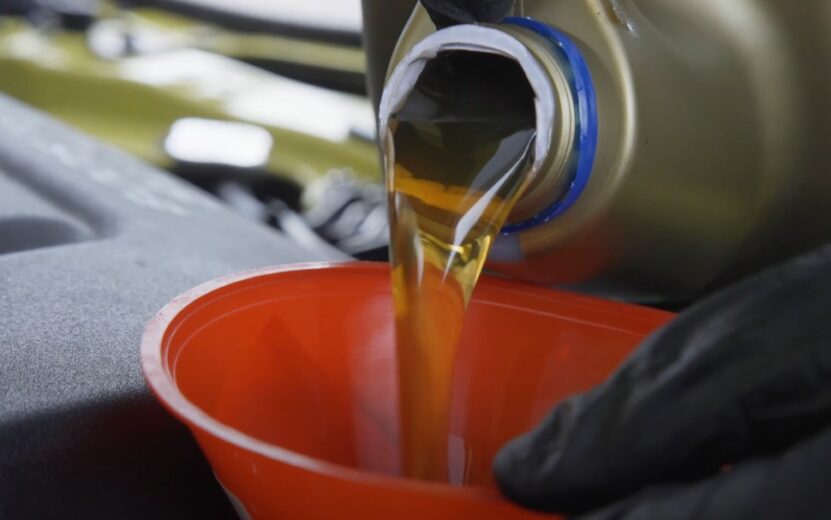
Tackling simple car maintenance at home is both satisfying and budget-friendly. Here are a few tasks that you should be able to hand on your own.
1. Oil and Oil Filter Changes
Changing your oil feels like a rite of passage for any DIY car enthusiast. With a wrench, an oil filter tool, and a drain pan, you’re good to go. Be sure to double-check your vehicle manual for the right oil type and filter.
2. Air Filter Swaps
Popping out the old air filter and sliding in a new one takes minutes, and you don’t even need tools. A clean air filter boosts your engine’s performance and saves on gas, so it’s best to make this a regular habit. Also, make sure to clean the engine from time to time.
3. Battery Replacement
A dead battery is simple to replace. Disconnect the cables (negative first), insert the new one, and you’re back on the road. Just make sure to wear gloves, as battery acid can be dangerous.
4. Swapping Out Wiper Blades
When streaks on your windshield start playing peekaboo with your view, it’s time for new wipers. All you need is a few minutes, the right size blades, and a quick glance at your manual.
5. Bulb Replacements for Headlights and Taillights
Driving with a burnt-out bulb isn’t just dangerous; it’s illegal in most places. To replace a bulb, carefully handle it with gloves (your skin’s oils can shorten its lifespan) and you’re back in compliance.
6. Spark Plug Changes
A sputtering engine could mean your spark plugs need some care. Swapping them out requires a socket wrench and a little patience. Follow your car’s manual for the right type and gap, and your engine will thank you.
7. Basic Tire Maintenance
@newemergingkingTeaching Basic car maintenance to our students. Most people have no idea about their tires and how big of an impact they make driving as far as fuel economy, etc. Tire pressure, tire wear, tire size, all matter.♬ original sound – King Randall, I.
Keeping your tires in good shape is a no-brainer:
- Rotations: Rotate your tires every 5,000 to 7,500 miles to even out wear.
- Pressure checks: A simple gauge is all you need to maintain proper pressure and boost fuel efficiency.
- Replacing a flat: Every driver should know how to jack up a car and pop on a spare.
8. Brake Pad Replacements
If you’re comfortable with tools, changing brake pads is doable. It’s not super complicated, but you do need to pay attention to every step. Brakes are critical, so take your time to get it right. Before you get started, make sure you’ve got the right tools and materials:
- Socket wrench set: For loosening the bolts on the caliper.
- C-Clamp or brake pad spreader: To compress the caliper piston.
- New brake pads: Make sure they’re compatible with your vehicle’s make and model.
- Jack and jack stands: For safely lifting and securing your car.
- Brake cleaner: To remove any dirt or grease from the components.
- Gloves and eye protection: Safety first, always.
Tips for DIY Car Repairs
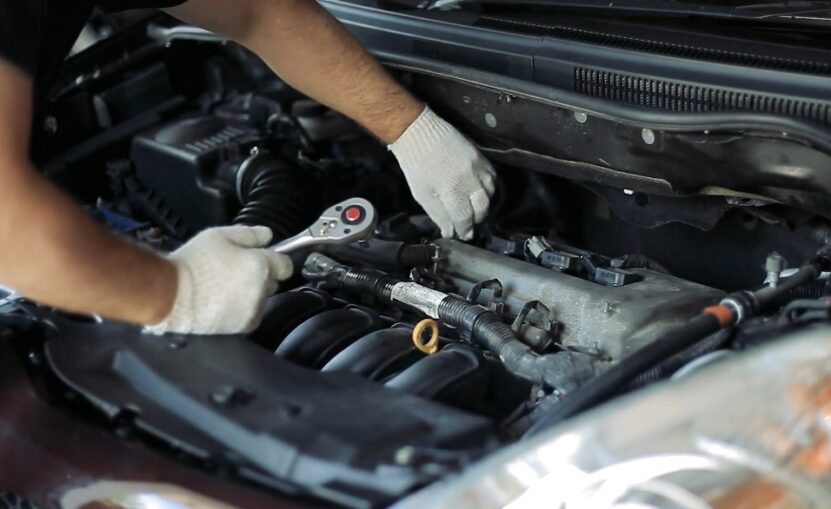
Feeling ready to roll up your sleeves? Here’s how to set yourself up for success.
- Check your manual: Your car’s manual is a goldmine of information. From oil types to torque specs, it’s all there.
- Invest in tools: Quality tools make a world of difference. A good set of wrenches and a reliable jack are worth every penny.
- Safety first: Work in a ventilated space, use jack stands, and wear gloves and goggles. Your future self will thank you.
- Leverage resources: Watch reputable videos or refer to repair manuals for guidance. A visual aid can save hours of frustration.
- Know when to call a pro: It’s okay to admit when you’re out of your league. A professional touch can save money in the long run.
Endnote
Tackling car repairs at home can feel empowering, but not every fix belongs in your driveway. Start with straightforward tasks to build your confidence. For the more challenging or safety-critical issues, don’t hesitate to lean on the experts.
Remember, the goal is to keep your car running smoothly, not turn a minor repair into a major disaster. By striking a balance between what you can handle and what you leave to the pros, you’ll save money and stay safe.
Related Posts:



